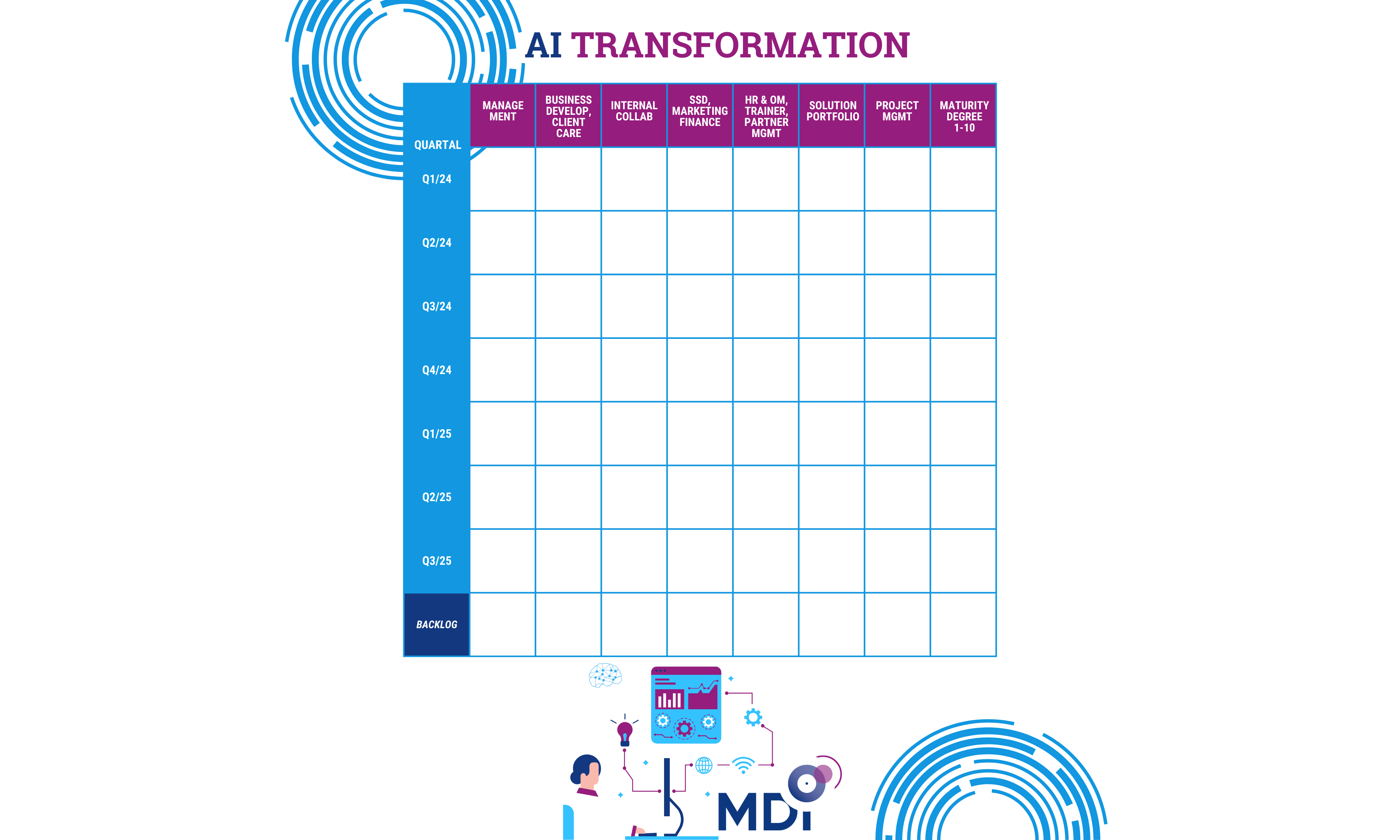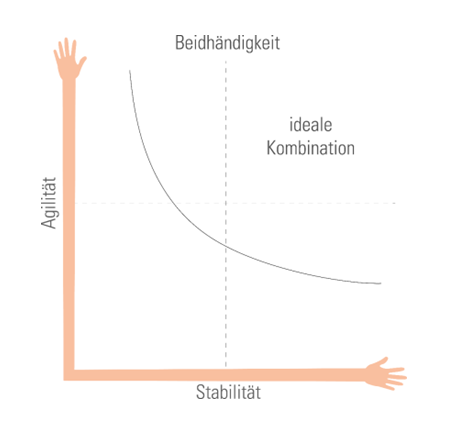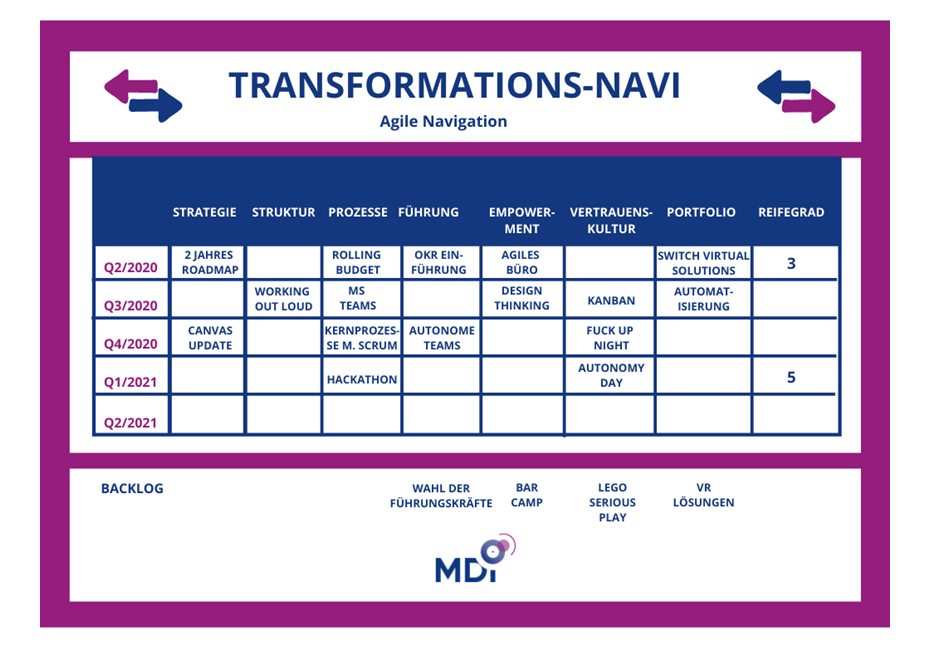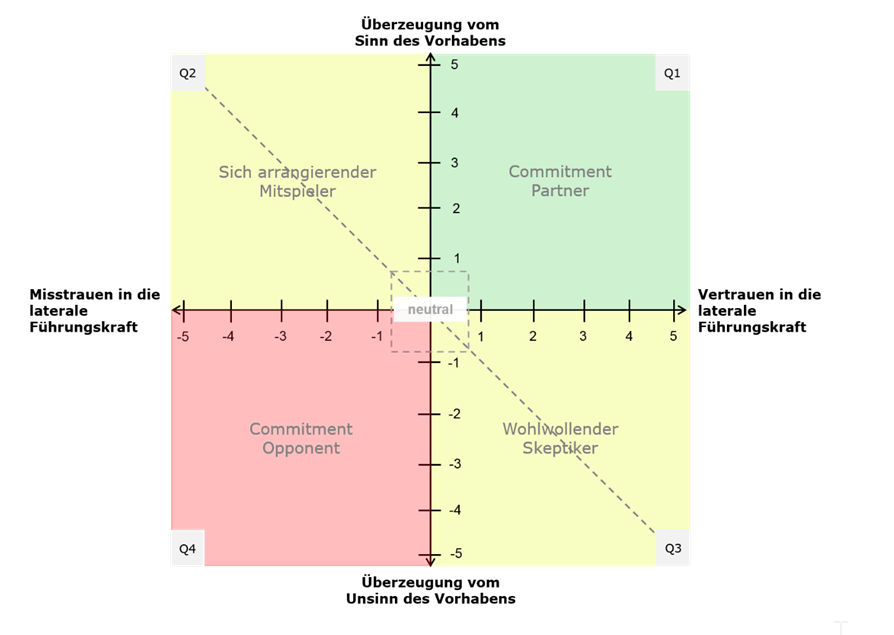
Challenges and Solutions for Leadership in 2025
Challenges and Solutions for Leadership in 2025
Do you prefer to listen to this article? Click below to access our AI-generated audio version!
Leadership challenges and solutions in 2025
In an increasingly complex and uncertain world, companies and their leaders face numerous challenges. In collaboration with the ARS Academy, we conducted the Management Survey 2024. It offers valuable insights into the key issues that companies are currently dealing with and will deal with in the future.
It shows how companies can address internal and external challenges, with a particular focus on talent acquisition and work-life balance. Learn more about the results of the management survey in this blog post!
Key challenges: from talent management to digitalization
1. recruiting and retaining talent
For 67% of leaders, attracting and retaining qualified employees is the biggest challenge. The shortage of skilled workers, which is further exacerbated by demographic change, also makes it increasingly difficult to find suitable talent and retain them in the company in the long term.
Smaller companies with up to 250 employees are facing particular challenges. They often have fewer resources than large companies and must therefore be more creative to be perceived as attractive employers and to compete with the offers of larger companies.
2. Economic uncertainty
More than half of the respondents (54%) cite economic uncertainty as a problem that makes their planning more difficult. Volatile markets, geopolitical conflicts and rising operating costs mean that companies need to develop more flexible strategies.
3. Technological change
52% of companies see technological change as a key challenge. While digital skills are becoming increasingly urgent, investments in new technologies are prioritized more highly by smaller companies (65%) than by larger companies (41%).
4. Sustainability and ESG
Sustainability is also becoming more and more of a priority, mainly due to issues such as climate change and new legal requirements. 43% of companies have incorporated ESG strategies into their day-to-day operations, but only 12% reward the achievement of these goals with management bonuses.
This shows that sustainability is an issue for many companies, but is not yet fully anchored for all of them.

Work-life balance: aspiration and reality
Our survey makes it clear that the work-life balance of employees is a top priority for leaders: 93% consider it to be “very important” or “somewhat important”. Interestingly, only 71% of leaders see their own work-life balance as equally fundamental.
This disparity shows that some leaders need to strengthen their role model function when it comes to self-care in order to promote a sustainable corporate culture in the long term.
The most important measures for a better work-life balance
- Remote work and home office: 85% of companies offer alternative working methods. We see this as a clear sign that adaptable workplace designs are becoming more and more common.
- Flexitime models: 82% offer flexible working hours to help their employees achieve a better work-life balance.
- Regular appraisals: 81% of leaders also use feedback sessions to identify and adapt to employee needs.
- Supporting physical and mental health: In addition to fitness programs (56%), offers such as stress management courses or access to psychological counseling (47%) play a central role. These measures help to promote the long-term well-being of employees.
The 4-day week as a pilot model
It is interesting to note that 12% of companies have already introduced a four-day working week – a model that could increase productivity and employee satisfaction in the long term. This change could also serve as a forerunner for further flexible working time models.

Strategic solutions for the challenges of continuing education and adaptability
63% of companies rely on training to prepare employees for future challenges. Larger companies in particular (over 250 employees) focus on team-building measures and employee retention programs (66%).
50% of companies also plan to adapt their strategies to be able to react more flexibly to external influences. In small companies, this figure is as high as 59%, which demonstrates their agility.
Technological innovations
In addition to the introduction of digitization strategies (40%), technical training (55%) and access to modern hardware and software (51%) are essential components of the transformation efforts. Nevertheless, only 30% of the companies surveyed have implemented an AI strategy, which indicates a great need for further development in this area.
Leadership skills 2025: humanity and technology in harmony
The leaders of tomorrow will need a wide range of skills. According to our survey, the most important skills are:
- Communication skills (62%): Crucial for leading teams and managing crises.
- Leadership (59%): Essential for providing clear vision and strategy.
- Problem-solving (48%): Critical for finding innovative solutions to complex problems.
- Emotional intelligence (43 %): This is essential for fostering empathy and trust within the team.
These skills are crucial for overcoming the challenges of an increasingly complex and dynamic working environment and inspiring employees. Leaders must not only be technically competent, but also able to guide their teams through change and uncertainty.
Conclusion: A new balance between people and technology
The results of the 2024 management survey show that leaders need to prepare for a world in which both technological innovation and employee needs are important.
Successful leadership means remaining flexible, promoting talent, and always putting employees first. Striking the right balance between efficient work processes and a sustainable corporate culture will make all the difference – for your company and for your employees.
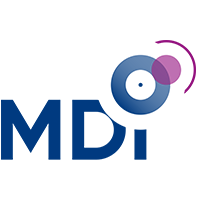
MDI Management International
MDI is a global leader in leadership development with 60 years of experience. With offices worldwide and a network of over 250 international consultants and trainers, MDI offers training and consulting services in various languages. The company designs and implements customized programs for leaders at all levels, high potentials, experts, project managers, and salespeople – locally, internationally, and globally.
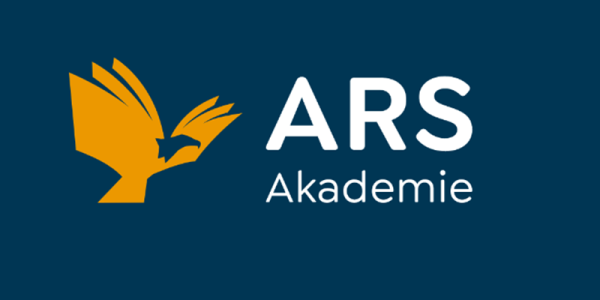
ARS Academy
The ARS Academy is Austria’s largest private provider of professional seminars and is represented in all federal states. Around 1,000 selected top experts from business, practice and law pass on their knowledge in around 1,200 different events to around 18,500 participants per year.


